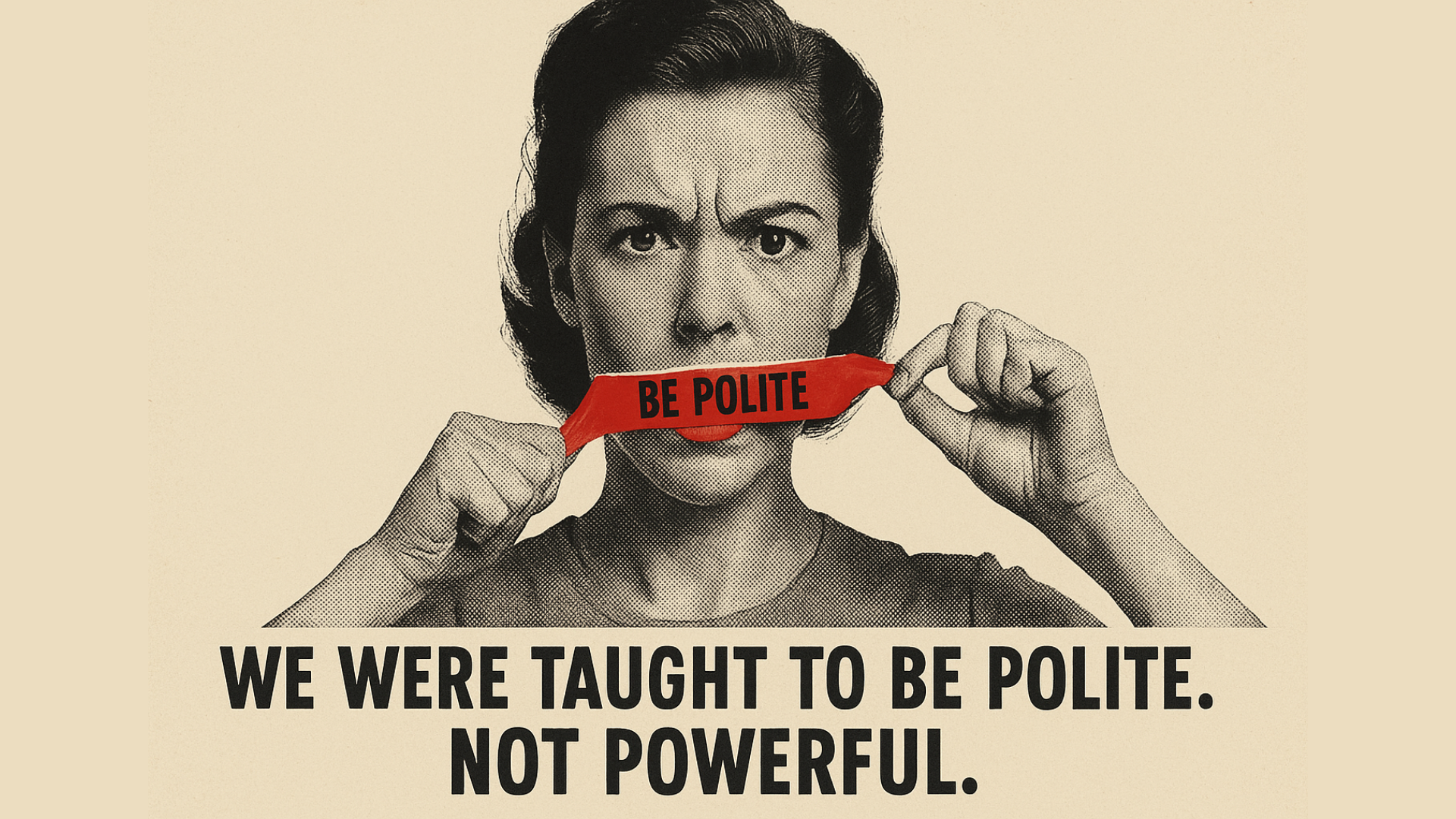The Confidence Myth: What I Got Wrong About Women’s Empowerment in Media
In the past ten months, we’ve been inundated with loudness — shouting, bullying, and constant scene-making. The overwhelming majority of it is performative.
How do I know?
My entire career has been about performances.
For over two decades, I’ve produced non-fiction television.
What does that mean? It’s not scripted — but that doesn’t mean it’s not shaped.
Of course it’s shaped. We want people to watch.
Sometimes, we aim for the largest possible audience.
Other times, we tailor the story to reach a specific group — shaping the message for maximum impact.
Facing Our Biases
Now, let me be brutally honest:
It’s hard for most people to acknowledge and counter their biases.
We’re all educated, explicitly or implicitly, to expect certain people to act a certain way. You see it in the justice system, in hiring, and yes — in television.
No matter how “different” we think we are, those biases linger in the recesses of our brains.
(Side note: if you’ve never done it, take Harvard’s Project Implicit quiz — it’s humbling.)
When we’re casting contributors for shows, those biases often creep in.
The white man is allowed to be boisterous and animated.
The Black woman? “Too aggressive.”
A woman may lead the field team, but the man still gets the majority of on-camera bites.
I’ve seen this play out again and again.
Loudness ≠ Confidence
So what does this have to do with being loud?
There’s a growing belief that confidence means being the loudest voice in the room. The truth? That’s not confidence — that’s noise.
It’s someone putting their fingers in their ears and yelling, “LA LA LA LA LA.”
It’s distraction.
It’s obfuscation.
The “Good Girl” Syndrome
Women, for the most part, have been taught since childhood to be polite, patient, and assertive only when invited to be.
I call it “the good girl syndrome.”
This is especially true for white women, as Sabrina Strings explores in Fearing the Black Body. In her review of Strings’s book, Dr. Emilie Egger notes the confluence of WASP standards and the “ideal woman”:
“...the association between thinness and whiteness continued to grow in the United States, where the priorities of temperance, of creating protectable white women, and more took on their own American sensibilities, thanks to events such as the Second Great Awakening and the Popular Health Movement of the 1930s. Strings analyzes how women’s magazines (like Cosmopolitan) promoted this particular twist on morality and thin bodies, especially on middle-class white women.”
“Protectable white women.” “Moral and thin bodies.”
Only certain people are allowed to be loud.
Authenticity Over Volume
Am I disappointed that I’m not socially permitted to be an insufferable blowhard because of the stereotypes attached to heavy women?
Hell no.
Because being loud isn’t confidence.
Acting like men isn’t empowerment.
What I’ve learned over my career is that authenticity is the real game-changer.
People respond when you show up as yourself.
The Power of Genuine Connection
How do I know?
I’ve sold multi-million-dollar television shows.
I met every network executive in person before a deal closed. They weren’t just buying the show — they were deciding if I was the person they could trust to deliver it.
You don’t move that kind of money without genuine connection.
Redefining Confidence
Authenticity boosts self-esteem.
It builds real confidence.
And confidence leads to a happier, more grounded life — all without ever needing to shout.
Be yourself.
Don’t assume the blowhard is the one being heard.
They might be the loudest, but like the neighborhood leaf blower — most people just tune them out.
What if we redefined confidence — not as volume, but as presence? ✨


